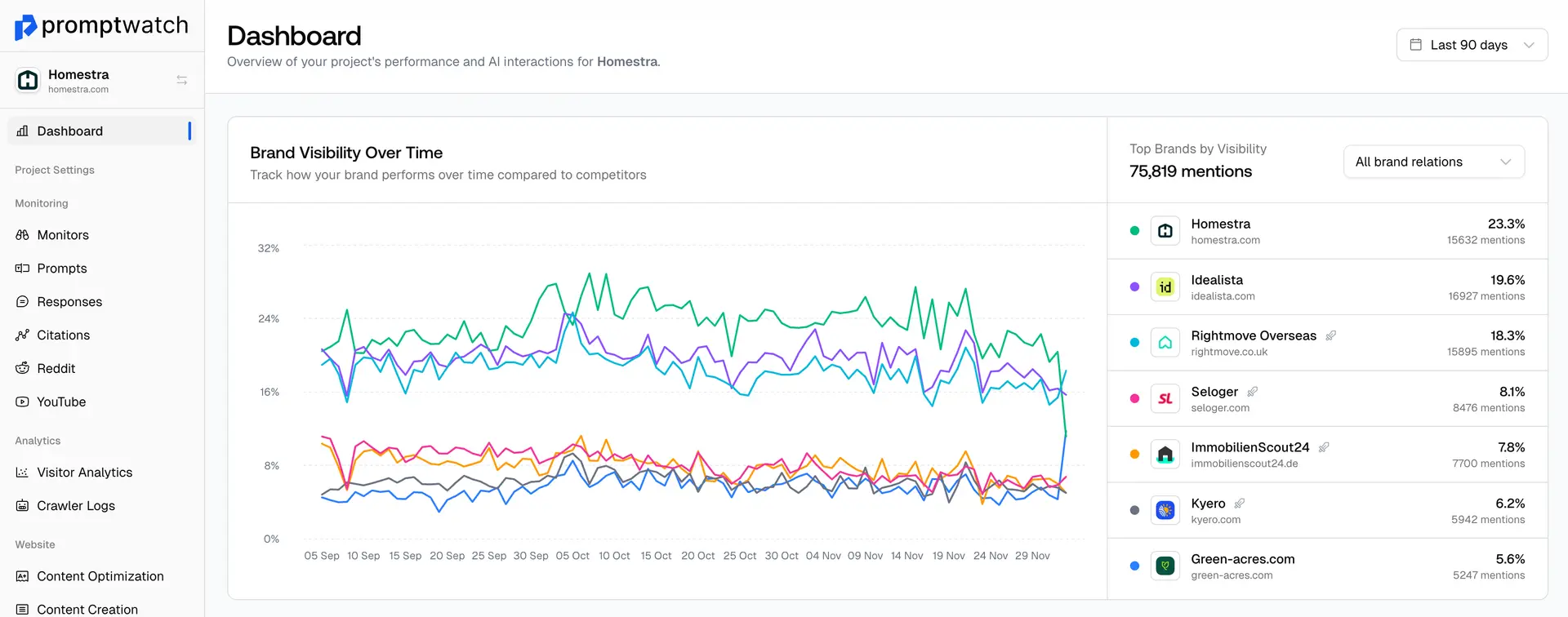Definition
ChatGPT Optimization refers to the specialized set of strategies and techniques designed to increase the likelihood that content, brands, or information will be cited, referenced, or recommended by ChatGPT when responding to user queries. As one of the most popular AI platforms with over 180 million monthly users, ChatGPT represents a critical channel for businesses implementing GEO strategies.
ChatGPT's recommendation algorithm primarily relies on content that appears in highly-ranked list articles on search engines, particularly those that compare products or services with detailed feature breakdowns. The platform also considers online reviews, directory listings, social sentiment, and authoritative third-party sources when making recommendations.
Key ChatGPT optimization strategies include securing placement in comparison articles that rank highly on Google and Bing, maintaining strong profiles on review platforms like G2, Clutch, and Trustpilot, building citations in authoritative directories and databases, publicizing company achievements, awards, and credentials, monitoring and improving social media sentiment, creating comprehensive, citation-worthy content with statistics and expert insights, and implementing structured data markup for better content understanding.
ChatGPT shows particular preference for content that demonstrates clear expertise and authority, includes factual data and statistics, provides practical, actionable information, cites credible sources and references, and maintains conversational, accessible language. The platform also values content freshness and tends to reference more recent information when available.
For businesses focusing on ChatGPT optimization, success metrics include frequency of brand mentions in relevant responses, quality and context of recommendations, consistency across different query variations, and positive sentiment in AI-generated descriptions. Regular monitoring and testing of ChatGPT responses helps refine optimization strategies and maintain visibility as the platform evolves.
Examples of ChatGPT Optimization
- A SaaS company optimizing for ChatGPT by creating detailed product comparison articles and securing placements in industry rankings
- A marketing agency tracking ChatGPT mentions by testing various industry-related queries and optimizing content based on response patterns
- A healthcare provider optimizing for ChatGPT by publishing authoritative medical content with proper citations and expert credentials
